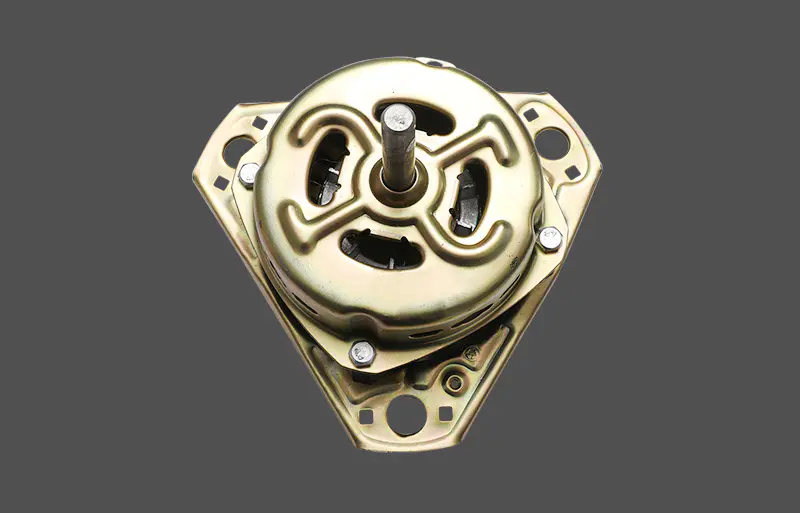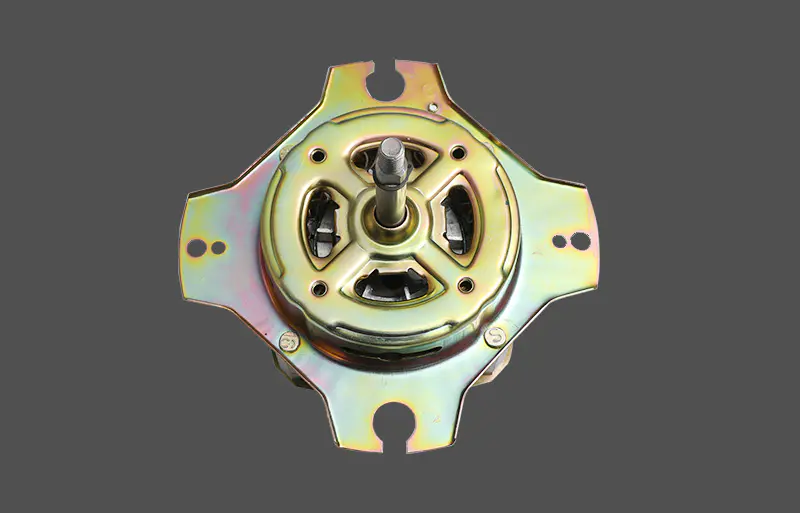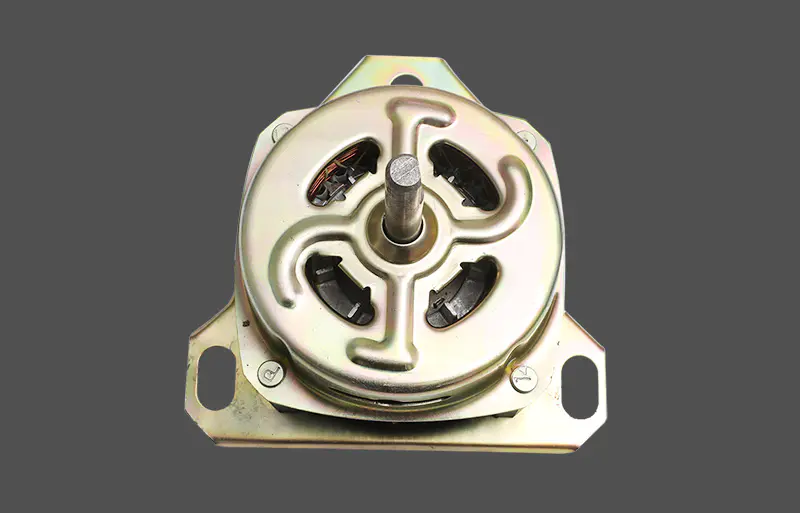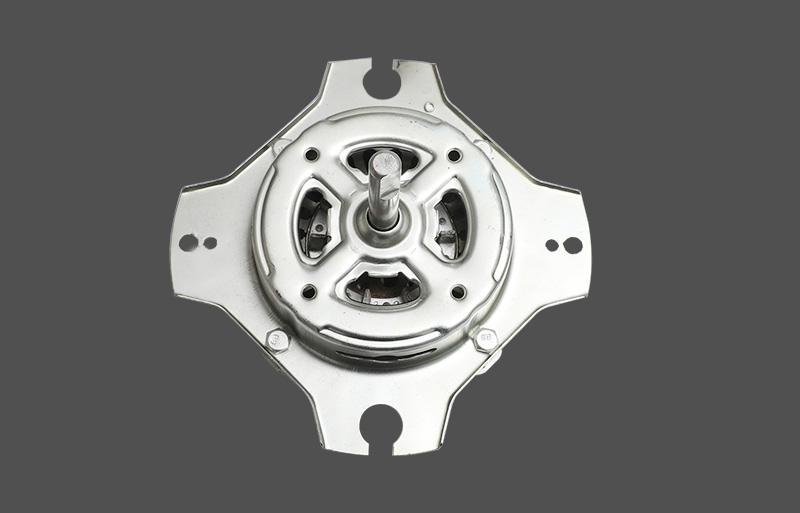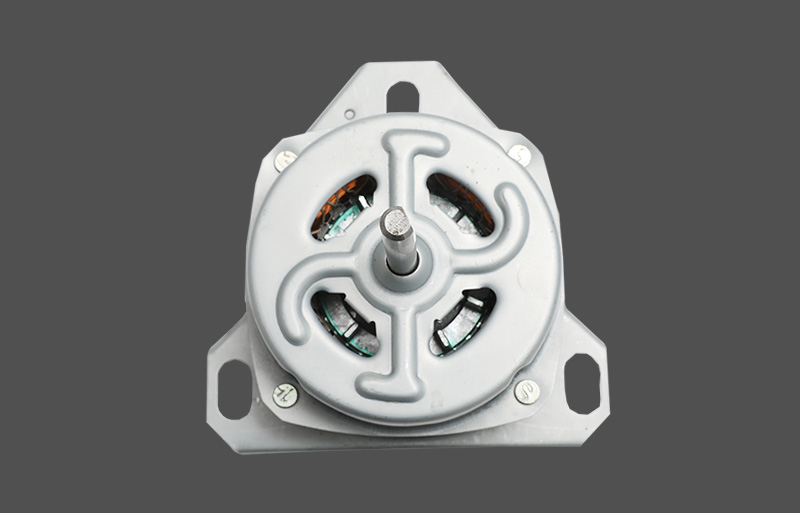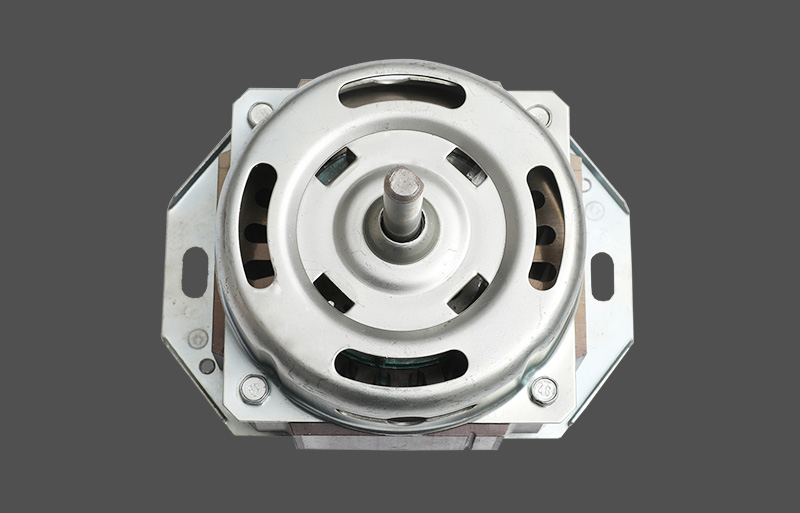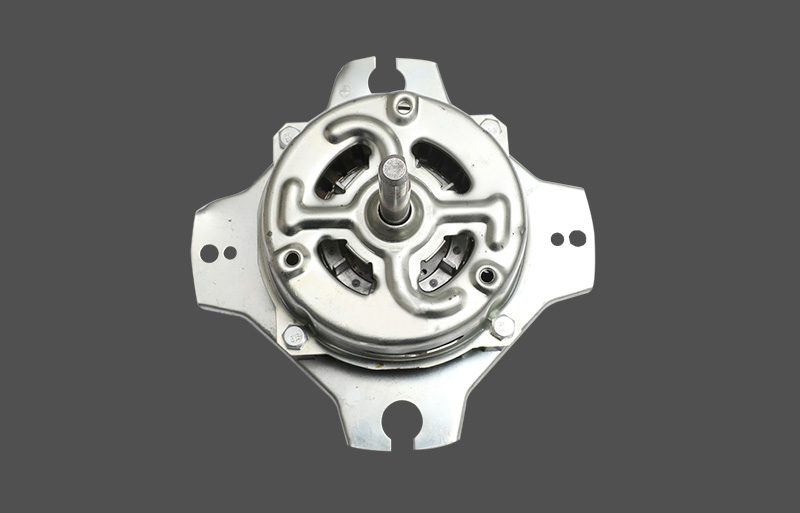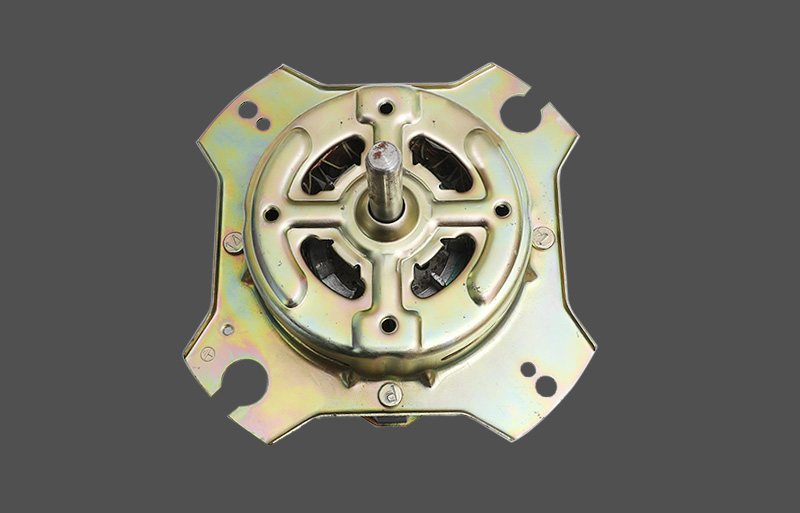In the design and manufacturing process of fan motors, the electromagnetic structure design of the stator and rotor is the core element to optimize the motor efficiency. Reasonable stator and rotor structure can effectively optimize the magnetic flux path, reduce magnetic resistance, and increase magnetic flux density, thereby significantly improving the conversion efficiency of electromagnetic energy. In the design of the stator core, the use of slot optimization, slot shape adjustment, and precise control of tooth width and slot width ratio can effectively improve the electromagnetic distribution and reduce leakage magnetic and harmonic losses. The rotor part adopts a surface-mounted or embedded permanent magnet structure, which not only improves the magnetic field strength, but also enhances the efficiency performance of the motor at low speed and high torque output. In addition, the interlayer insulation treatment and punching accuracy of the stator laminations also have an important influence on reducing iron loss and mechanical vibration. These design details are indispensable in improving overall efficiency.
Control of air gap length is a key link in motor structure design. The air gap is the gap between the stator and the rotor, and its length directly affects the magnetic flux density and electromagnetic coupling degree of the motor. An air gap that is too large will cause flux attenuation, increase magnetic resistance, and thus reduce the efficiency of electromagnetic torque output; while an air gap that is too small can increase the magnetic flux density, it will also increase manufacturing difficulty and mechanical risks, such as bearing offset or rotor scraping caused by thermal expansion. Therefore, in the design of fan motors, precise air gap optimization and processing technology are usually used to ensure efficient operation while ensuring mechanical safety.
The layout of the winding structure also has a significant impact on the efficiency of the motor. Concentrated windings and distributed windings have their own advantages and disadvantages. Although concentrated windings are easy to manufacture and suitable for products with high cost control, their magnetic field distribution is relatively uneven, which may lead to increased electromagnetic harmonics and increased copper losses. Relatively speaking, distributed windings effectively reduce electromagnetic noise and harmonic losses through multi-slot distribution, thereby improving motor efficiency. The fine design of parameters such as the number of turns, wire diameter, slot fill rate, and uniformity of varnish treatment of the coil is directly related to the copper loss level and winding temperature rise control. Therefore, in high-efficiency motors, precise winding design and automated winding processes are usually used to ensure consistency and thermal conductivity.
The geometric design of the core laminations is also an important factor affecting the efficiency of the motor. Using high magnetic permeability, low-loss silicon steel materials and assembling the stator core through a stamping process can not only effectively reduce iron loss, but also optimize the core thickness and stacking density to enhance the consistency of mechanical strength and magnetic properties. For high-speed fan motors, the core structure must also have good dynamic balancing characteristics to reduce axial and radial vibrations, thereby reducing mechanical losses and operating noise, and indirectly improving energy efficiency.




